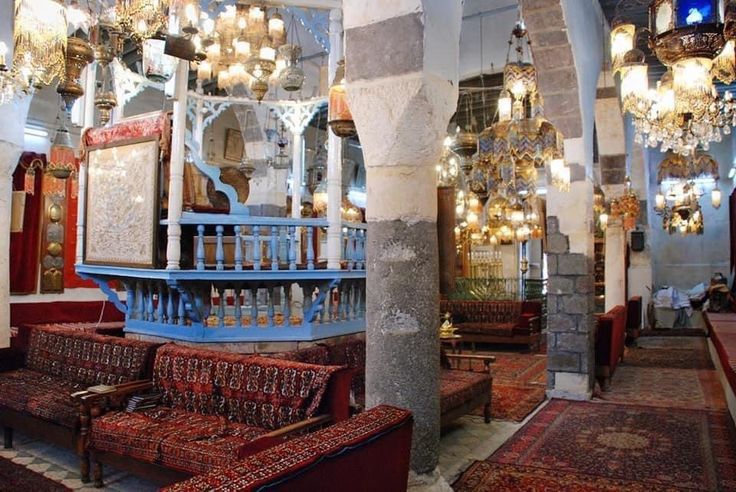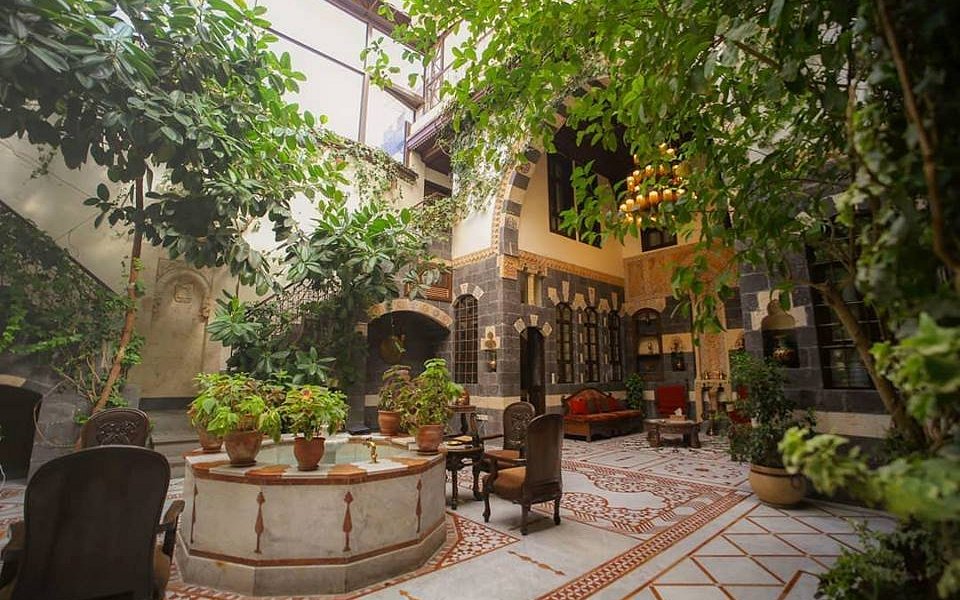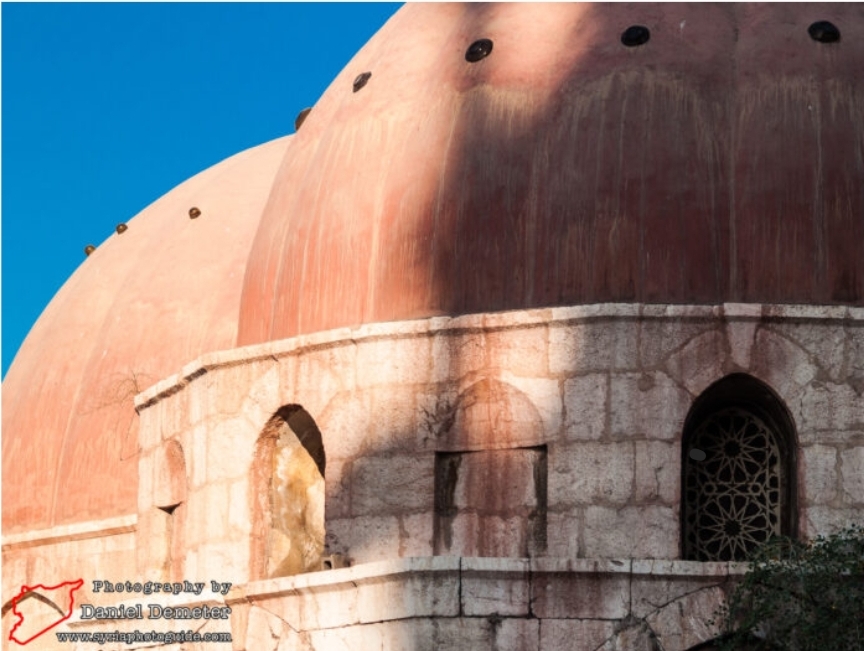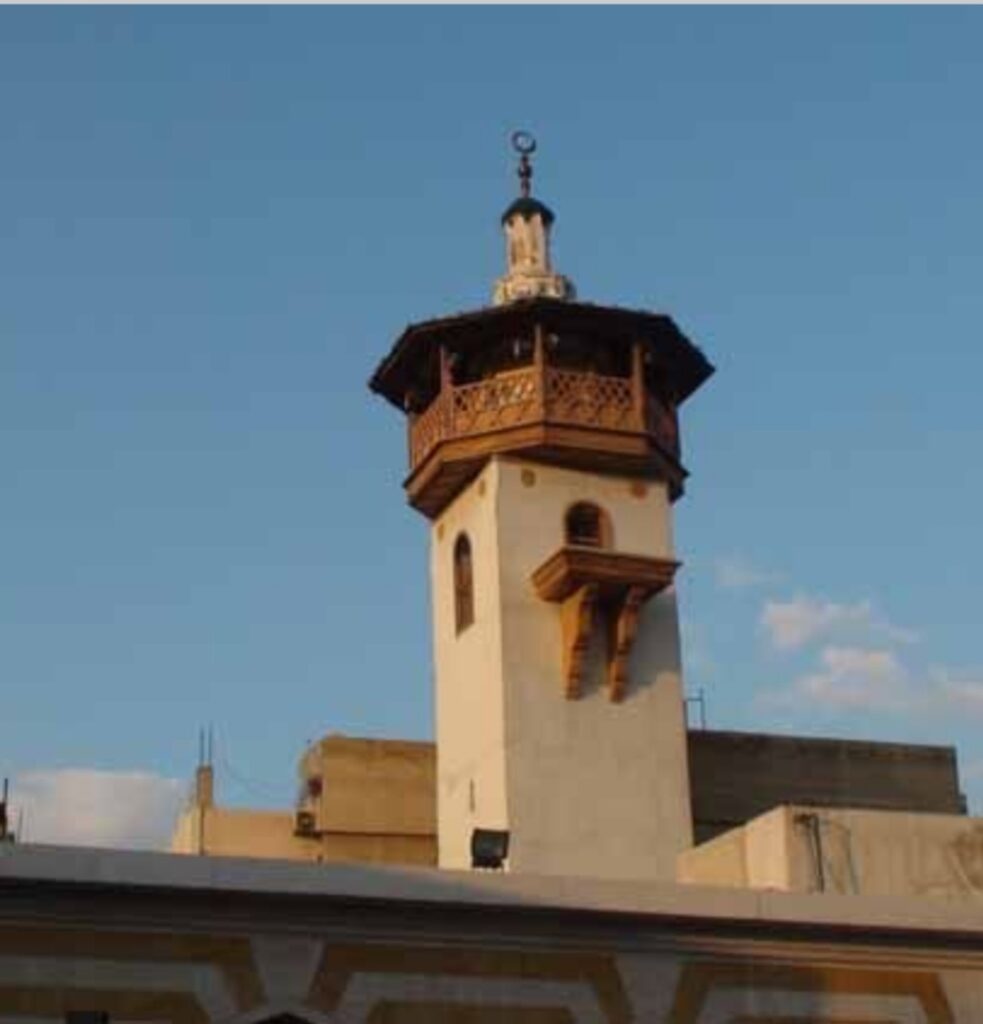Bab al-Nayrab (The Nayrab Gate)
Gate
1256 CE
A Seljuk-Era Entrance Leading to the Nayrab Necropolis and the Agricultural Plain
Characterized by a pointed arch, alternating black-and-white ablaq masonry, and a decorative niche
Bab al-Nayrab derives its name from the road it opens onto—leading to the village of al-Nayrab. It is one of three gates originally founded by King al-Ẓāhir Ghāzī and later completed by his son al-ʿAzīz, alongside Bab al-Maqām and Bab al-Qanāh.
This gate is located near the southeastern corner of Aleppo’s historic city walls and dates to the period during which the city’s fortifications were reconfigured under Mamluk rule.
As the urban fabric expanded, the physical traces of Bab al-Nayrab gradually disappeared, eclipsed by modern development which extended beyond its original location in the southeast near Bānbūsā. The city’s growth reached as far as Swayqat al-Badū, situated directly in front of where the gate once stood. Bab al-Nayrab is notable as the only gate facing the outskirts of the town, and it is believed to have been restored during that period for commercial reasons, as it served as one of Aleppo’s key arterial routes linking the city with the surrounding countryside.
On the eastern-facing wall of the bāshūra (outer defensive enclosure), the gate once bore an inscription engraved with the emblem (rank) of Sultan Barsbay, reading:
“May God eternalize his dominion. Glory to our lord, the Sultan al-Malik al-Ashraf Barsbay—may his victory be exalted.”
Another inscription, carved into a stone positioned above the decorative chandelier, states:
“With good fortune, the royal gate was fortified as a citadel during the reign of Sultan Maḥmūd I, 1158 AH / 1745 CE.”
This inscription suggests that the chandelier, or najāfa, was renovated specifically during the reign of the Ottoman Sultan Maḥmūd I.










